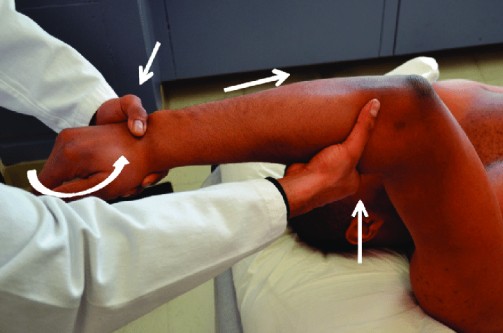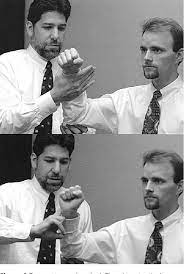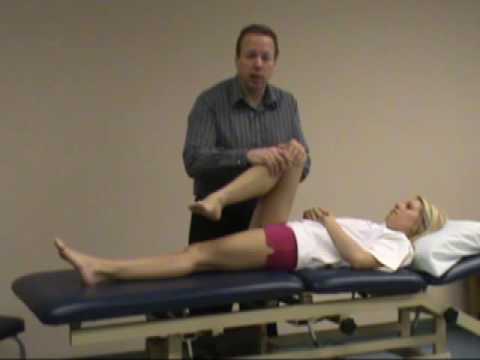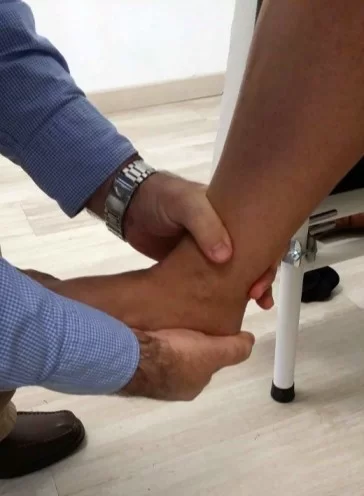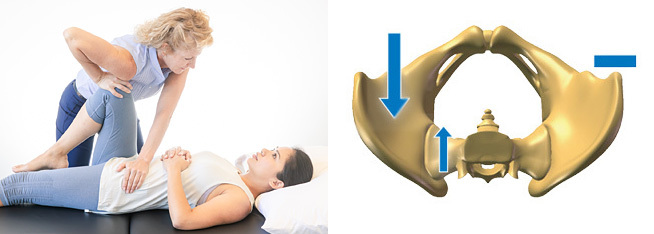Varus/valgus ligaments instability of the elbow :
- These tests are applied to the clinic for checking the ligamentous instability of the elbow.
- These tests mostly check the varus/valgus ligamentous instability of the elbow.
- These tests are applied by to therapist when the patient is complain about elbow joint pain.
Purpose of the varus/valgus ligamentous instability of the elbow:
- These varus/valgus ligamentous instability tests are designed for to check the valgus & varus instability in the elbow.
Name of the Special test for the varus/valgus ligamentous instability of the elbow :
- Lateral pivot shift test of the elbow
- Ligamentous valgus instability test
- Ligamentous varus instability test
Lateral pivot shift test of the elbow :-
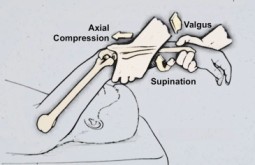
- The patient lies supine for the test with the arm to be affected to overhead.
- The examiner grasps the patient’s wrist & forearm with the elbow extended & the forearm fully supinated.
- The patient’s elbow is then flexed while valgus stress & axial compression is applied to the elbow while maintaining supination.
- This cause the radius & ulna to sub taxa off the humerus leading to a prominent radial head & capitellum.
- If the examiner continues flexing the elbow, at about 40′ to 70′, there is a sudden reduction means a clunk of the joint, which can be palpated & seen.
- If the patient is unconscious, subluxation & a clunk on reduction when the elbow is extended may occur, but these symptoms are seldom present in the conscious patient.
Ligamentous valgus instability test:
- To test for valgus instability, the patient’s arm stabilized with one of the examiner’s hands at the elbow & the other hand placed above the patient’s wrist.
- An abduction or valgus force at the distal forearm is applied to test the medial collateral ligament[ valgus instability ] while the ligaments are palpated valgus stress the with the humerus in full lateral rotation means external rotation.
- The examiner should note any laxity, decreased mobility, or altered pain that may be present compared with uninvolved elbow.
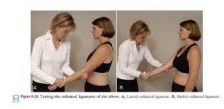
Ligamentous varus instability test :
- With the patient’s elbow slightly flexed 20′ to 30′ & stabilized with the examiner’s hand, an adduction or varus force is applied by the examiner to the distal forearm to test the lateral collateral ligament[ varus instability ] while the ligament is palpated.
- Normally, the examiner feels the ligament tense when the stress is applied.
- Regan & Morry advocated doing the varus stress test with the humerus in full medial rotation means internal rotation.
- The examiner applies the force several times with increasing pressure while noting any alteration in pain or ROM.
- If excessive laxity is found when doing the test or a soft end feel is felt, it indicates injury to the ligament [ 1′, 2′ .or 3′ sprain]& may, especially with a 3′ sprain, indicates posterolateral joint stability.
- Posterolateral elbow instability s the most common pattern of elbow instability in which there is the displacement of the ulna[ accompanied by the radius] on the humerus.
- So the ulna supinates or laterally rotates away from or of the trochlea.

